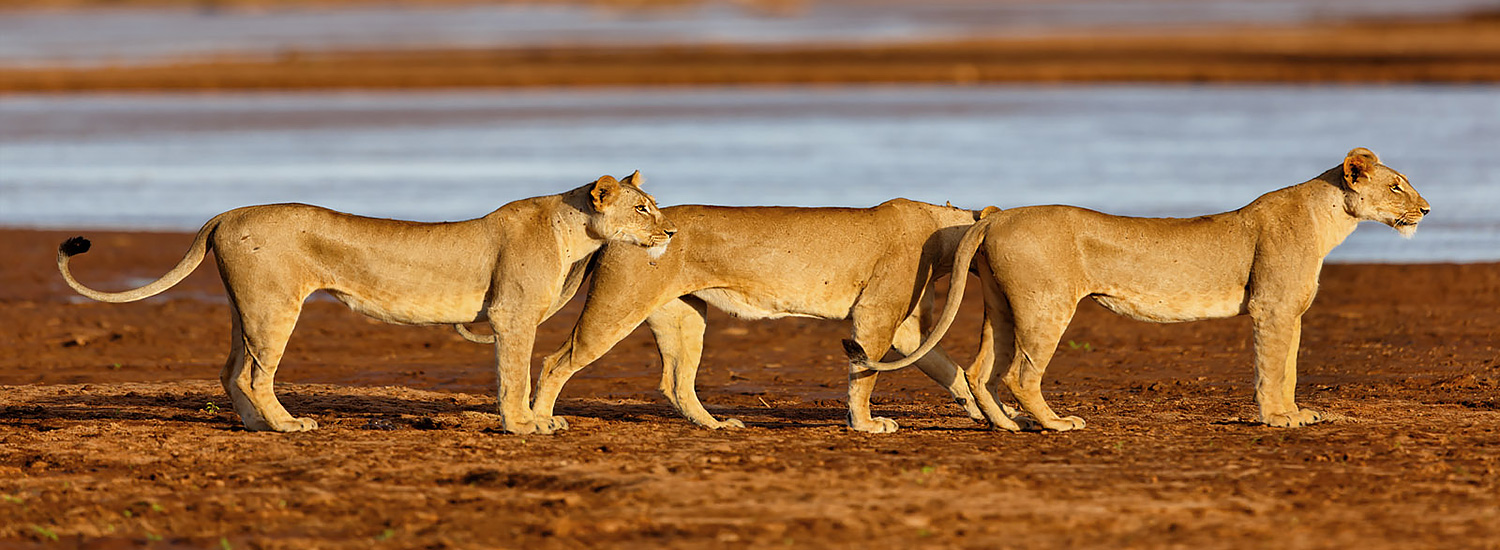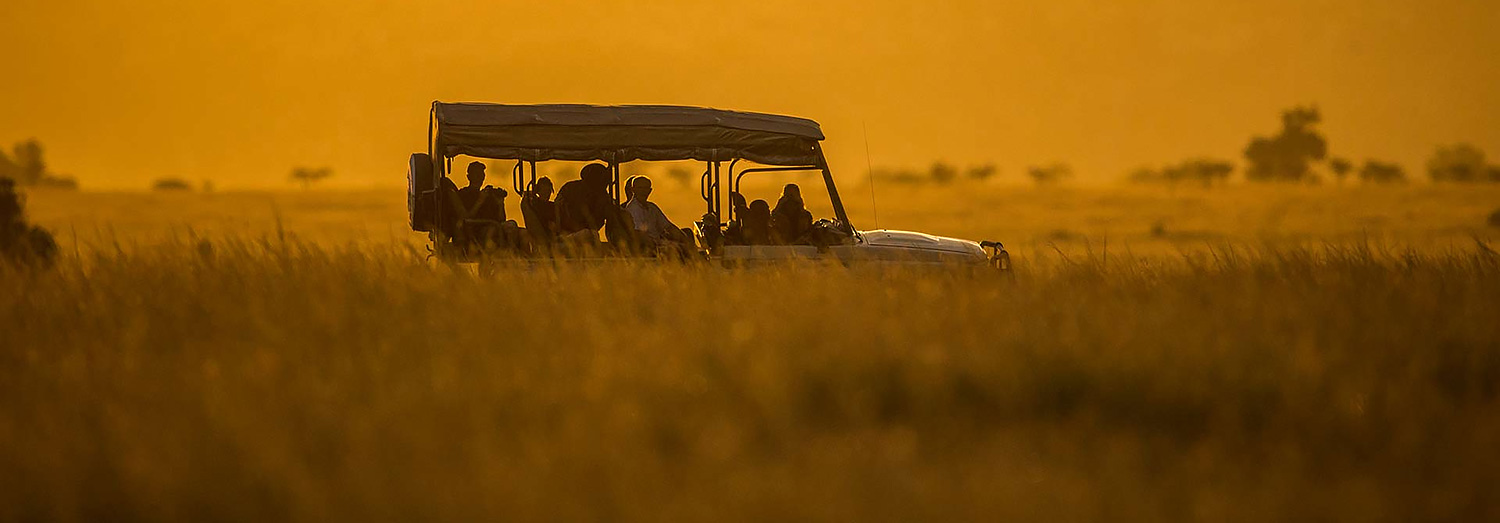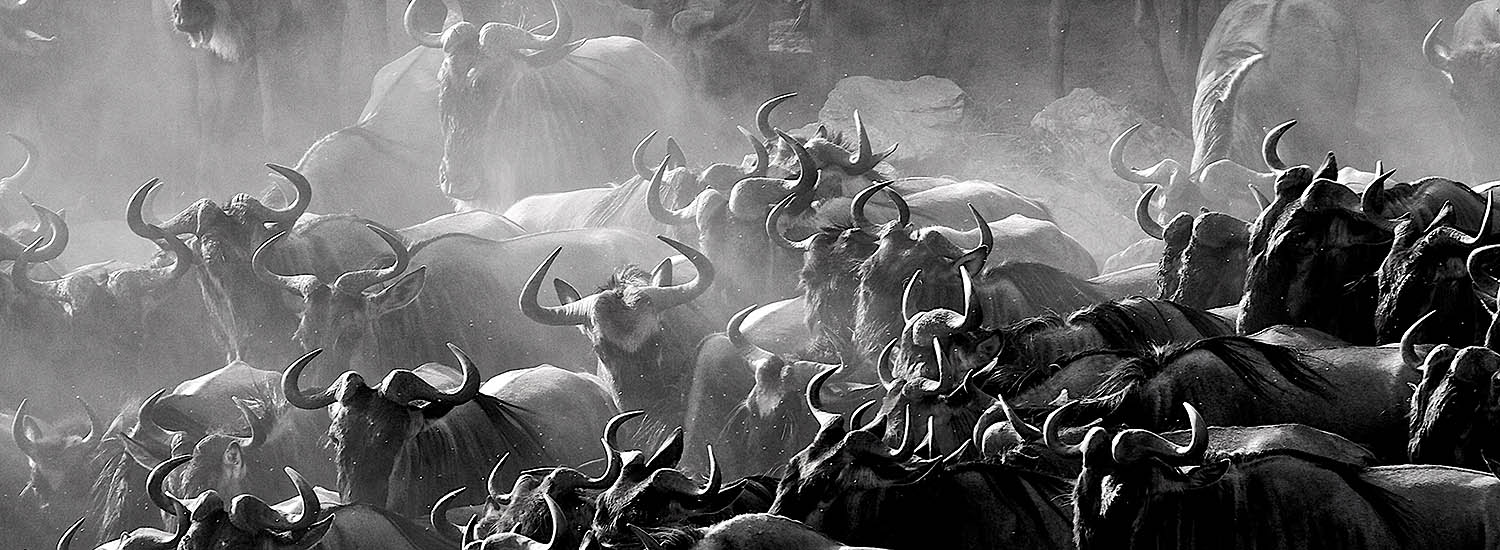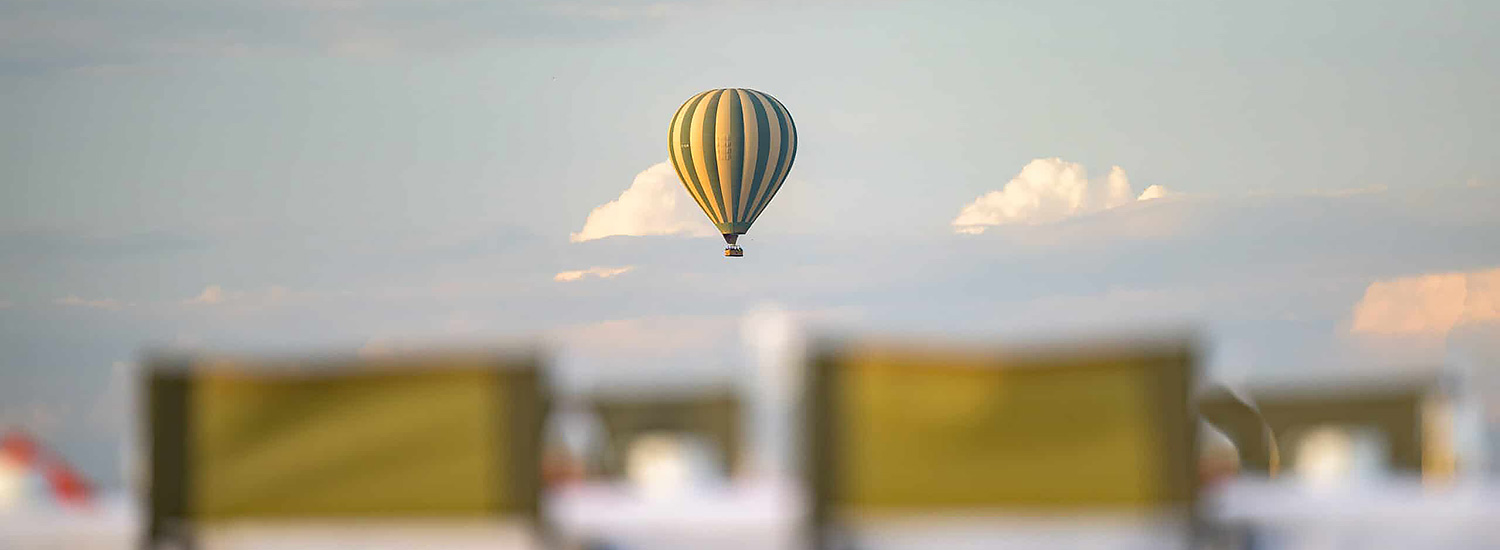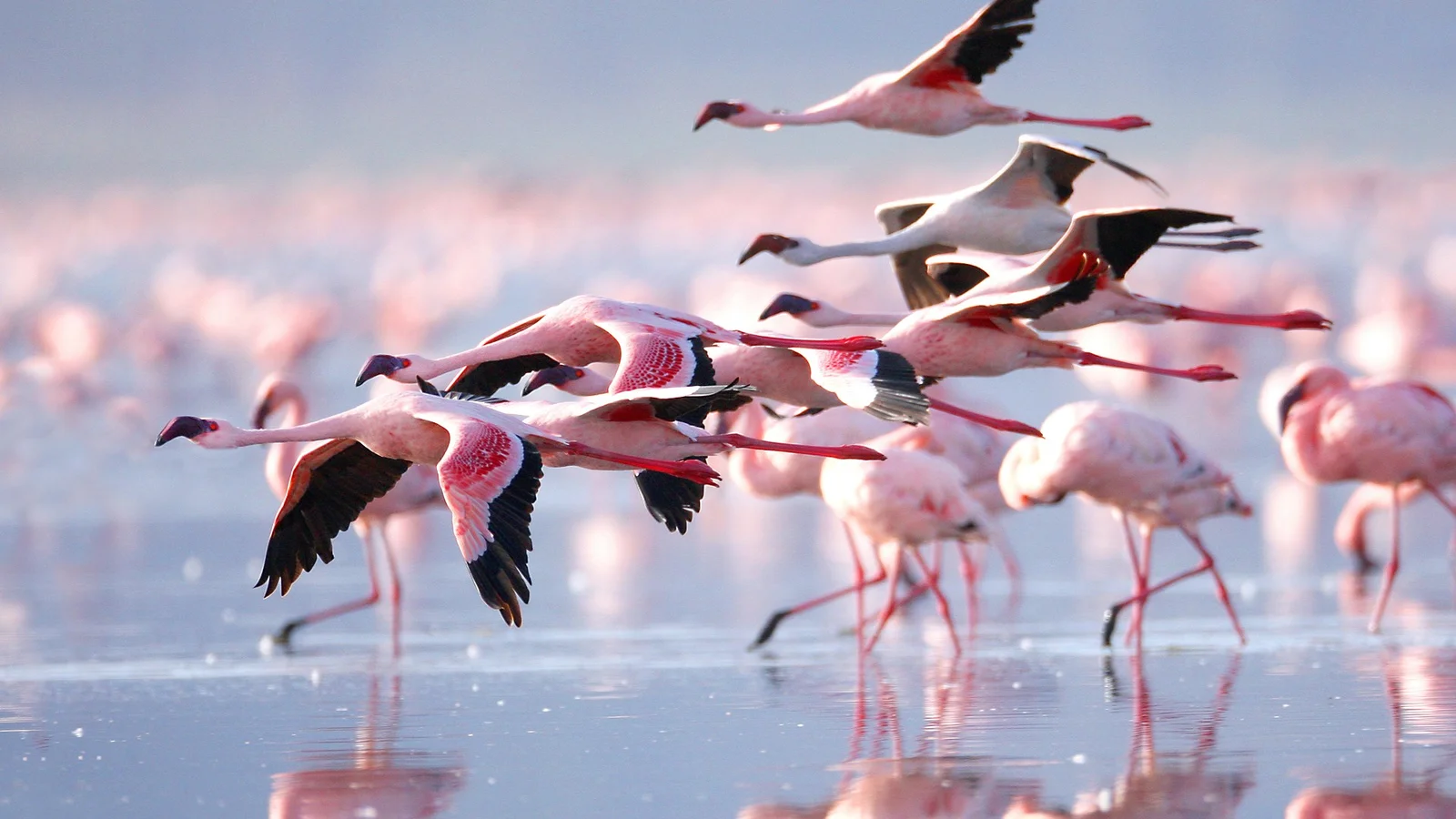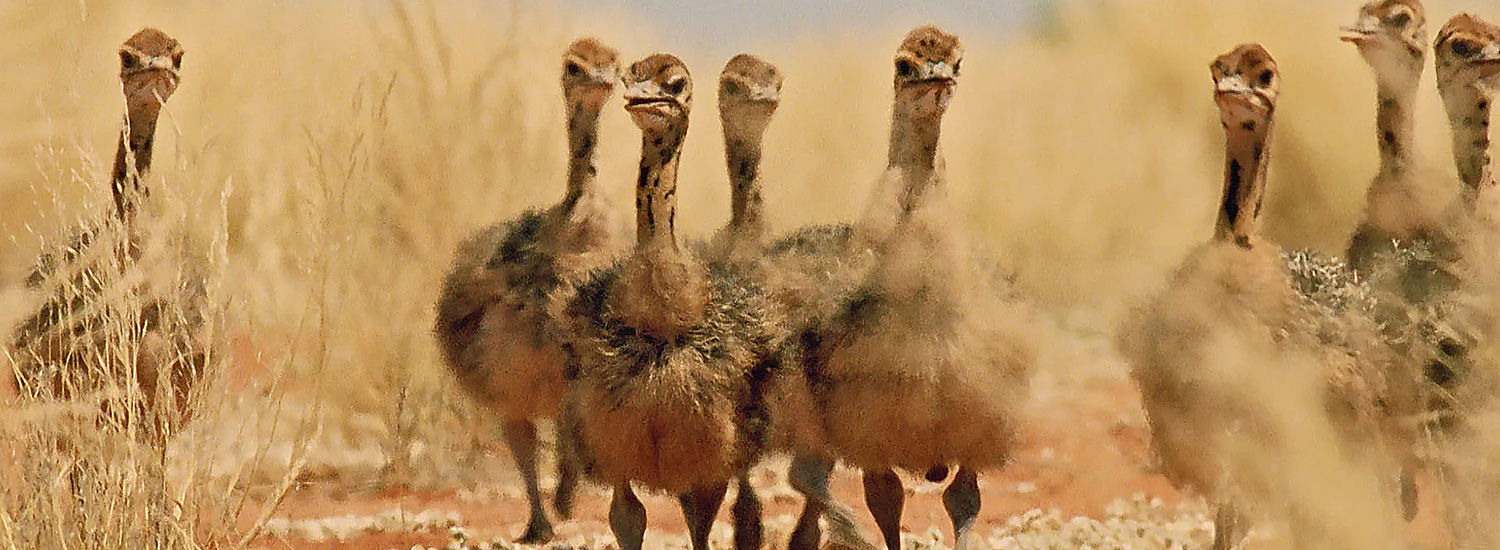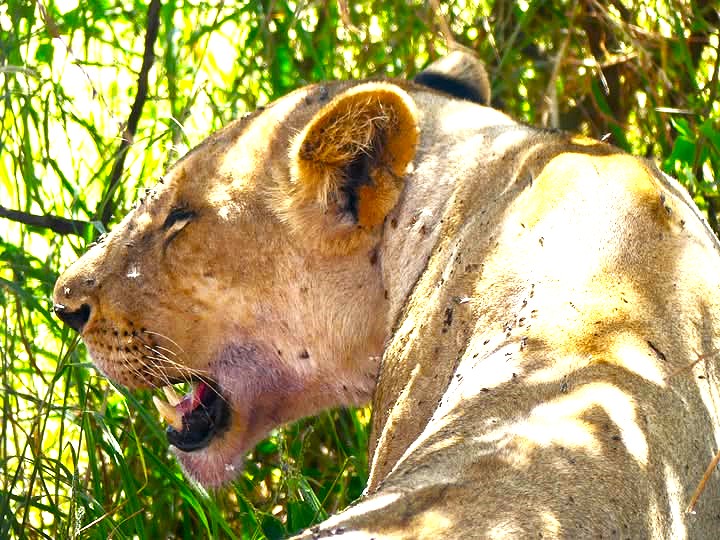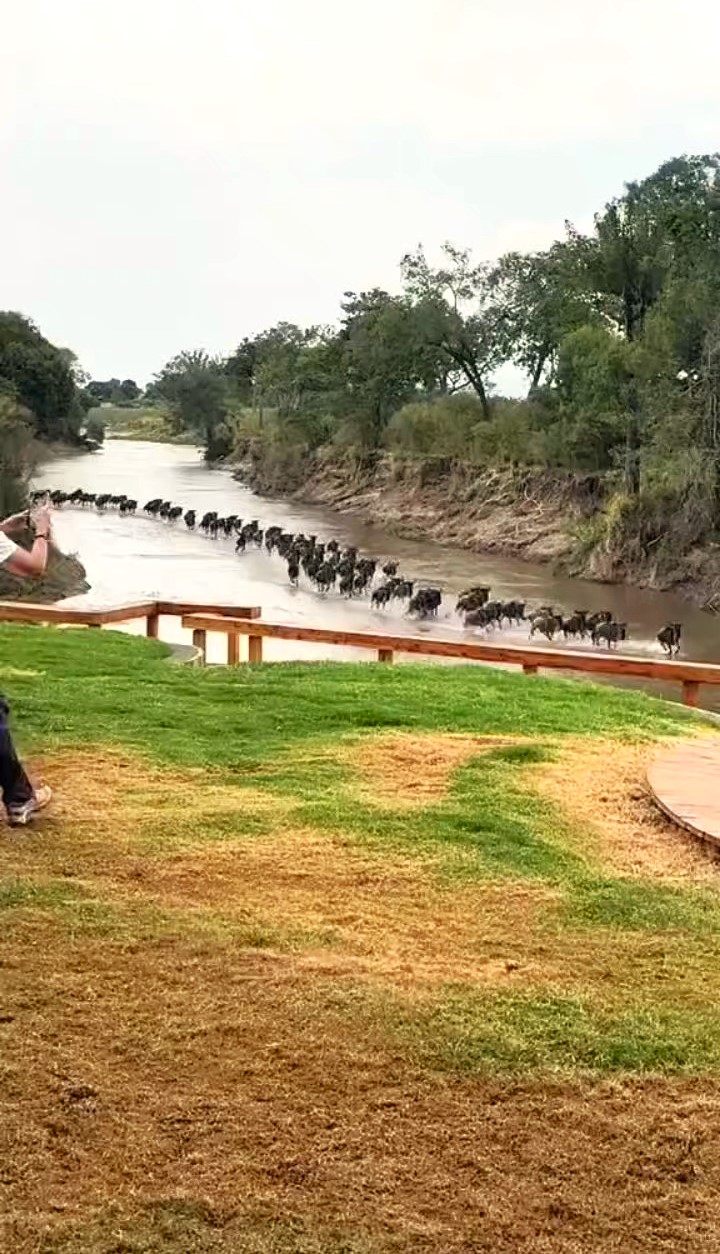
Mombasa is found in Africa and is the second largest city in Kenya, lying on the Indian Ocean. It has a major port and an international airport. The city is the center of the coastal tourism industry. The original Arabic name is Manbasa; in Swahili it is called Kisiwa Cha Mvita (or Mvita for short), which means “Island of War”, due to the many changes in its ownership.
The town is also the headquarters of Mombasa District which, like most other districts in Kenya Africa, is named after its chief town. The city has a population of 727,842, as per the 1999-census,[citation needed] and is located on Mombasa Island, which is separated from the mainland by two creeks: Tudor Creek and Kilindini Harbor. The island is connected to the mainland to the north by the Nyali Bridge, to the south by the Likoni Ferry and to the west by the Makupa Causeway, alongside which runs the Uganda Railway. The port serves both Kenya and countries of the interior, linking them to the Ocean. The town is served by Moi International Airport.
The town is mainly occupied by the Muslim Mijikenda/Swahili people. Over the centuries, there have been many immigrants and traders who settled in Mombasa, particularly from Iran, the Middle East, Somalia and the Indian sub-continent, who came mainly as traders and skilled craftsmen. Even after four or five generations, their descendants continue to contribute highly to the economy of present day Mombasa and Kenya as a whole. Traditional dress for the Swahili women is a brightly colored, printed cotton sheet called a kanga, which may have inspirational slogans printed on it.
Muslim women wear a covering known as a bui-bui, that is traditionally black, along with a head covering called a hijaab, and sometimes wear a veil called a nikab. Men wear a type of sarong, which is colored in bright bands, called a kikoi. Mombasa is the second largest city in Kenya, and perhaps one of the best beach holiday destination in Africa lying on the Indian Ocean. It has a major port and an international airport. The city is the center of the coastal tourism industry.
The original Arabic name is Mambasa; in Swahili it is called Kisiwa Cha Mvita (or Mvita for short), which means “Island of War”, due to the many changes in its ownership. The town is also the headquarters of Mombasa District which, like most other districts in Kenya, is named after its chief town. The city has a population of 727,842, as per the 1999-census,[citation needed] and is located on Mombasa Island, which is separated from the mainland by two creeks: Tudor Creek and Kilindini Harbor.
The island is connected to the mainland to the north by the Nyali Bridge, to the south by the Likoni Ferry and to the west by the Makupa Causeway, alongside which runs the Uganda Railway famously called The East Africa Railway. The port serves both Kenya and countries of the interior, linking them to the Ocean. The town is served by Moi International Airport. The town is mainly occupied by the Muslim Mijikenda/Swahili people. Over the centuries, there have been many immigrants and traders who settled in Mombasa, particularly from Iran, the Middle East, Somalia and the Indian sub-continent, who came mainly as traders and skilled craftsmen.
Even after four or five generations, their descendants continue to contribute highly to the economy of present day Mombasa and Kenya as a whole. Traditional dress for the Swahili women is a brightly colored, printed cotton sheet called a kanga, which may have inspirational slogans printed on it. Muslim women wear a covering known as a bui-bui, that is traditionally black, along with a head covering called a hijaab, and sometimes wear a veil called a nikab. Men wear a type of sarong, which is colored in bright bands, called a kikoi.
The founding of Mombasa is associated with two rulers: Mwana Mkisi (female) and Shehe Mvita. According to oral history and medieval commentaries, Shehe Mvita superseded the dynasty of Mwana Mkisi and established his own town on Mombasa Island. Shehe Mvita is remembered as a Muslim of great learning and so is connected more directly with the present ideals of Swahili culture that people identify with Mombasa.
The ancient history associated with Shehe Mvita and the founding of an urban settlement on Mombasa Island is still linked to present-day peoples living in Mombasa. The Thenashara Taifa (or Twelve Nations) Swahili lineages recount this ancient history today and are the keepers of local Swahili traditions. Even though today Mombasa is a very heterogeneous cultural mix, families associated with the Twelve Nations are still considered the original inhabitants of the city.
Most of the early information on Mombasa comes from Portuguese chroniclers writing in the 16th century. The famous Moroccan scholar and traveler Ibn Battuta did visit Mombasa in 1331 on his travels on the eastern coast of Africa and made some mention of the city, although he only stayed one night. He noted that the people of Mombasa were Shúfi Muslims, “a religious people, trustworthy and righteous. Their mosques are made of wood, expertly built.”
The exact founding date of the city is unknown, but it has a long history. It must have been already a prosperous trading town in the 12th century, as the Arab geographer Al Idrisi mentions it in 1151. During the pre-modern period, Mombasa was an important center for the trade in spices, gold, and ivory. Its trade links reached as far as India and China and oral historians today can still recall this period of local history. Throughout the early modern period, Mombasa was a key node in the complex and far reaching Indian Ocean trading networks, its key exports then were ivory, millet, sesamum and coconuts.
In the late pre-colonial period (late 19th century), it was the metropolis of a plantation society, which became dependent on slave labor (sources contradict whether the city was ever an important place for exporting slaves) but ivory caravans remained a major source of economic prosperity. Mombasa became the major port city of pre-colonial Kenya in the Middle Ages and was used to trade with other African port cities, Persia, Arab traders, Yemen and even India. 15th century Portuguese voyager Duarte Barbosa claimed, “[Mombasa] is a place of great traffic and has a good harbor in which there are always moored small craft of many kinds and also great ships, both of which are bound from Sofala and others which come from Cambay and Melinde and others which sail to the island of Zanzibar.”
The great Chinese fleet of Zheng He is supposed to have visited Mombasa around 1415. Vasco da Gama was the first known European to visit Mombasa, receiving a chilly reception in 1498. Two years later, the town was sacked by the Portuguese. In 1502, the sultanate became independent from Kilwa Kisiwani and was renamed as Mvita (in Swahili) or Manbasa (Arabic). Portugal attacked the city again in 1528, and built Fort Jesus in 1593 in an attempt to colonise, from which time it was governed by a Captain-major. In 1638, it formally became a Portuguese colony (subordinated to Goa, as a stronghold on the route to Portuguese India).
In 1698, the town came under suzerainty of the Sultanate of Oman, but it became subordinate to Zanzibar, prompting regular local rebellions. Oman appointed three consecutive Governors (Wali in Arabic, Liwali in Swahili): Next, Mombasa returned to Portuguese rule by captain-major ?ülvaro Caetano de Melo Castro (12 March 1728-21 September 1729), then four new Omani Liwali until 1746, when the last of them made it independent again (disputed by Oman), as the first of its recorded Sultans: From 9 February 1824 to 25 July 1826, there was a British protectorate over Mombasa, represented by Governors. Omani rule was restored in 1826; seven liwalis where appointed.
On 24 June 1837, it was nominally annexed by sultan of Zanzibar and Muscat Sayyid Said bin Sultan with the assistance of Shaikh Isa bin Tarif with his tribe Original Utub Al Bin Ali. Isa bin Tarif, Chief of the Al bin Ali Al Utbi Tribe, is a descendant of the Original Utub who conquered Bahrain. Fort Jesus in Mombasa was named after Shaikh Isa bin Tarif. The name “Jesus” in Arabic means “Isa”, therefore it means the Fort of Isa (Isa bin Tarif). The Al bin Ali (the tribe of Isa bin Tarif) were a politically important group that moved backwards and forwards between Qatar and Bahrain, they were the original dominant group of Zubara area. On 25 May 1887, its administration was relinquished to the British East Africa Association. The sultan formally presented the town in 1898 to the British. It soon became the capital of the British East Africa Protectorate and is the sea terminal of the Uganda Railway, which was started in 1896.
Many workers were brought in from British India to build the railway, and the city’s fortunes revived. On 1 July 1895, it became part of Britain’s Kenya protectorate (the coastal strip nominally under Zanzibari sovereignty). Mombasa was part of the state of Zanzibar until 12 December 1963 when it was ceded to be incorporated into the newly independent state of Kenya. Being a coastal town, Mombasa is characterized by a flat topography. The town of Mombasa is centered on Mombasa Island, but extends to the mainland.
The island is separated from mainland by two creeks, Port Reitz in south and Tudor Creek in north. Mombasa has a warm, tropical climate. The amount of rainfall depends essentially on season. The rainiest months are April and May, while in January to February the rainfall is minimal. Mombasa’s North Beach Mombasa is a major trade center and home to Kenya’s only large seaport, the Kilindini Harbour. Kilindini is an old Swahili term that means “deep”. The port is so called because the channel is naturally very deep. Kilindini Harbor is an example of a natural geographic phenomenon called a ria, formed millions of years ago when the sea level rose and engulfed a river that was flowing from the mainland. Mombasa is the centre of coastal tourism in Kenya. Mombasa island itself is not a main attraction, although many people visit Old Town and Fort Jesus.
North of Mombasa Island are Nyali, Kenyatta, Bamburi, and Shanzu beaches. South of the town, there are Shelly, Tiwi, and Diani beaches. Several luxury hotels exist on these beaches, while most of cheaper beach hotels are located farther away from the town. Other local industries include an oil refinery and the Bamburi Cement factory. The airport of the city is the Moi International Airport. Mombasa has a railway station and Kenya Railways runs overnight passenger trains from Mombasa to Nairobi, though the service is less extensive than it used to be. Highways connect Mombasa to capital Nairobi, former Tanzanian capital Dar es Salaam while northward road link to Malindi and Lamu.
Within Mombasa, most local people use Matatus (minibuses) to move between villages and Mombasa Island. Mombasa port is the largest in Kenya but there is little or no scheduled passenger service. International cruise ships frequent the port, thus giving Mombasa a “Natural Harbor.” There is no bridge between Mombasa Island and south coast, instead the distance is served by ferries from Kilindini and Mtongwe to Likoni in south coast. Taaarab music, which originates from Zanzibar, has a prominent local presence.
Booking is easy! Simply provide the necessary details. Our team will guide you through the booking process and answer any questions you have.
Have more questions? Feel free to reach out to our friendly customer support team. We're here to make your tour experience smooth and memorable!
We understand that circumstances can change. Our cancellation and change policies vary based on the tour and destination. Please review the specific terms in our booking policy or contact our team for assistance.
Our tour packages typically include* accommodations, transportation, guided tours, and specified activities. We provide transparent details about inclusions and exclusions to help you make informed decisions.
*Individual tour details may change.

